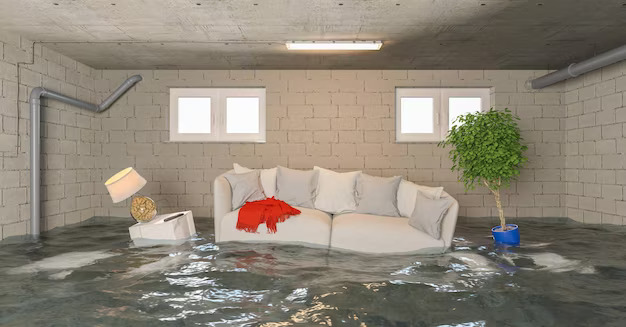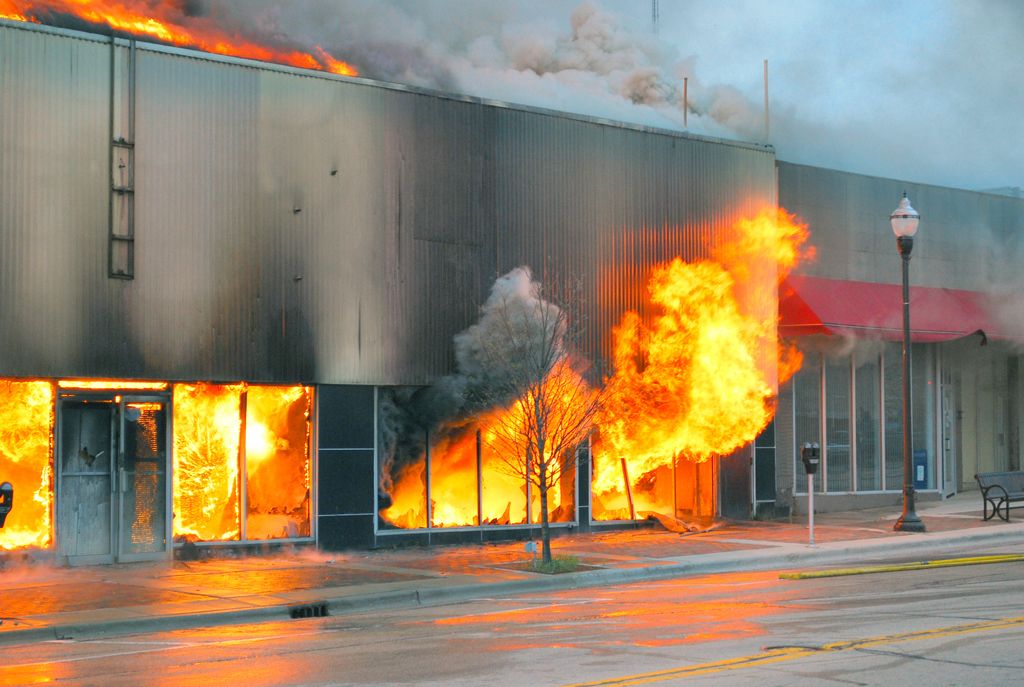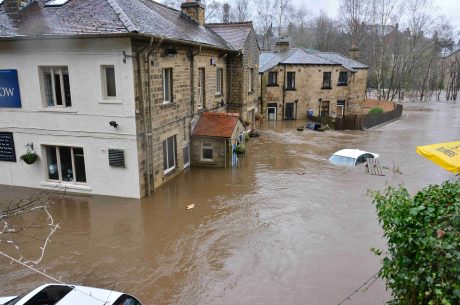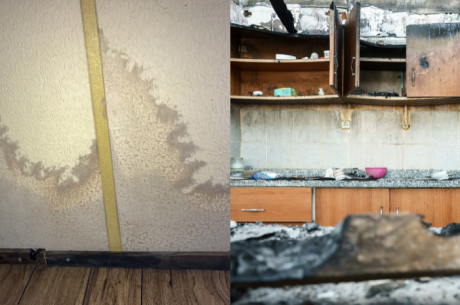When it comes to water-related disasters, residents of Pembroke Pines need to understand the key differences between flood damage and water damage, and more importantly, how to mitigate the consequences. In this comprehensive guide, we elucidate the disparities, offer practical solutions, and equip you with the knowledge needed to protect your property.
The Distinction: Flood Damage vs. Water Damage
Flood Damage: A Force of Nature
Flood damage typically results from the overflow of natural bodies of water, such as rivers, lakes, or oceans, or from heavy rainfall. The primary characteristics of flood damage include:
Magnitude: Floods are often large-scale events that affect entire communities or regions, causing extensive destruction.
Exterior Origin: Floodwater usually enters buildings from the outside, through windows, doors, and other openings.
Contaminants: Floodwater may carry contaminants like sewage, chemicals, and debris, posing significant health hazards.
Duration: Floods can persist for days, leading to prolonged exposure and structural damage.
Water Damage: A Household Challenge
Water damage, on the other hand, typically arises from internal factors within your property. Key features of water damage include:
Source: Leaking roofs, burst pipes, faulty appliances, or plumbing issues are common culprits behind water damage.
Scope: Water damage is often localized, affecting specific areas within a property, such as ceilings, walls, or floors.
Clean Water Source: Unlike floodwater, the source of water damage is usually clean or mildly contaminated, reducing health risks.
Duration: Water damage tends to be discovered and addressed more quickly, potentially minimizing structural damage.
Identifying the Signs of Flood Damage and Water Damage

Flood Damage Warning Signs
1. Visible Water Levels: If you observe standing water in your home after heavy rain or nearby flooding, it’s a clear indication of flood damage.
2. Muddy Residue: The presence of mud and debris indoors signifies floodwater intrusion.
3. Widespread Damage: Floods often cause structural damage to foundations, walls, and flooring.
4. Foul Odor: The smell of sewage or stagnant water points to contamination.
Water Damage Red Flags
1. Localized Dampness: Water damage typically affects specific areas like ceilings, walls, and floors.
2. Leak Sources: Check for leaking pipes, appliances, or signs of roof damage.
3. Mold Growth: Water damage can lead to mold development in damp areas.
4. Discoloration: Stains and discoloration on walls or ceilings may indicate water seepage.
Effective Solutions
Flood Damage Mitigation
1. Early Warning Systems: Consider installing flood sensors and alarms to receive timely alerts.
2. Elevate Electrical Systems: Keep electrical components above potential flood levels.
3. Seal Vulnerable Areas: Apply waterproof sealant to basements and lower walls.
4. Insurance Coverage: Secure flood insurance to protect your property from extensive financial loss.
Water Damage Remediation
1. Prompt Repairs: Address leaks or burst pipes immediately to prevent further damage.
2. Mold Prevention: Dry affected areas thoroughly to inhibit mold growth.
3. Regular Maintenance: Conduct routine checks of your plumbing and roof to prevent future issues.
4. Insurance Coverage: Ensure your home insurance policy covers water damage to expedite recovery.
Additional Resources for Pembroke Pines Residents
To further empower Pembroke Pines residents in their quest to protect their homes from water-related incidents, here are some additional resources and tips:
1. Emergency Preparedness
Stay informed about local weather conditions and flood alerts through weather apps or official government channels.
Create an emergency kit with essentials like flashlights, non-perishable food, water, and first-aid supplies.
2. Flood Insurance
Research and purchase flood insurance policies to ensure you are adequately covered in the event of a flood.
Understand your policy’s coverage limits, deductibles, and claim procedures.
3. Routine Maintenance
Regularly inspect your home’s foundation, roof, plumbing, and appliances to detect and address potential issues early.
Keep your gutters and downspouts clean to prevent water buildup around your home.
4. Local Support
Connect with local Pembroke Pines community groups and organizations that offer support and information related to disaster preparedness.
Attend workshops and seminars on flood and water damage prevention in your area.
5. Professional Assistance
In case of significant damage or complex issues, don’t hesitate to reach out to professional restoration and repair services.
Ensure that the contractors you hire are licensed and experienced in water damage restoration.
Final Thoughts
The distinctions between flood damage and water damage in Pembroke Pines are crucial for residents to comprehend. By understanding the causes, signs, and solutions for each type of damage, you can better protect your home, assets, and most importantly, your family’s well-being.
In Pembroke Pines, understanding the differences between flood damage and water damage is crucial for safeguarding your property. Timely identification, effective mitigation, and proper insurance coverage can make a substantial difference in the event of a disaster. By implementing these strategies, you can protect your home and loved ones from the devastating effects of water-related incidents.
Remember, your proactive approach to safeguarding your property and being prepared for any eventuality can make all the difference in the face of water-related challenges. Stay informed, stay prepared, and stay safe. Your Pembroke Pines home deserves nothing less.
Remember, prevention is key, and staying informed is your greatest defense against flood and water damage in Pembroke Pines.




 PuroClean of Ft. Lauderdale South
PuroClean of Ft. Lauderdale South